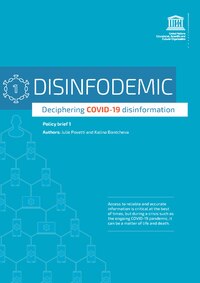
Photo from wikipedia
Purple coneflower (Echinacea purpurea (L.) Moench) is a plant in the family Asteraceae, mainly grown in North America. Echinacea purpurea has been used in conventional medicine. The plant has immuno-stimulating… Click to show full abstract
Purple coneflower (Echinacea purpurea (L.) Moench) is a plant in the family Asteraceae, mainly grown in North America. Echinacea purpurea has been used in conventional medicine. The plant has immuno-stimulating and antibacterial properties, but neither mold contamination nor a mycotoxin presence have been evaluated. Our goal is to determine the degree to which molds and mycotoxins contaminate dietary supplements based on purple coneflower distributed on the Polish market. We analyzed 21 samples divided into four groups: sachets (n = 5), dry raw material (n = 3), capsules (n = 9), and tablets (n = 4). The mycological analysis of dietary supplements shows that the average number of molds is 1012 cfu/g, and the most common molds are Aspergillus spp., Phoma spp. and Eurotium spp. The mycotoxins most common in the samples are ZEN (18/21), DON (5/21) and T-2 toxin (3/21).
Journal Title: Toxins
Year Published: 2022
Link to full text (if available)
Share on Social Media: Sign Up to like & get
recommendations!